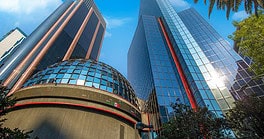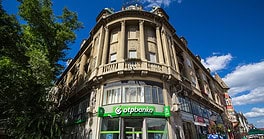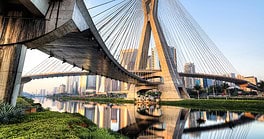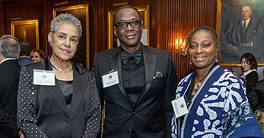WINDS OF CHANGE
These are times of unprecedented change in the Middle East and North Africa. Years of pent-up frustration among the region’s youth—around 60% of the population in some countries—has already swept away two governments. More may follow, even in the Gulf where greater wealth, generous financial disbursements and promises of increased social spending have so far helped dampen resentment.
The dangers apparent in this highly febrile environment are many: that instability persists, discouraging FDI and denting the economy; that Islamist groups become prominent, changing the hitherto largely secular nature of these movements; or that the protests’ momentum slows and the region slumps back to the status quo.
Success in finance and business depends, of course, on identifying opportunity. Although these are very early days, there is plenty to be excited about. Accountable governments that spend more on improving the lives of their citizens are not only good news politically, easing tensions and resentments, but economically. We can expect growth across the region to pick up if ambitious new infrastructure and other plans are implemented, with opportunities for Western and local banks and companies.
A more open and democratic Middle East also means a region more closely connected to the rest of the world in terms of trade, investment and finance. As this report points out, finance—perhaps the most international economic sector—could be one of the biggest beneficiaries. More Western banks may be allowed to compete with local players as local regulators begin to focus on transparency and adopting Western-style corporate governance, while exchanges could consolidate or at least work together to exploit the advantages of the Middle East’s time zone, midway between Europe and the Far East.
The big questions, of course, are the hardest to answer. How long will the transition take and what sort of governments can we expect to emerge? Nobody knows, but Eastern Europe’s experience over 20 years ago shouldn’t necessarily be taken as a guide. The revolutions there were against a bankrupt ideology and foreign (i.e. Russian) domination. The countries’ long transition time reflected the fact that most had to essentially start from scratch, without a textbook and with limited resources. Although some of the statist systems in the Middle East are moribund, existing trade, banking and investment links to the rest of the world will help the transition process, as will the deep pockets that many countries have. Western countries, institutions and banks should remain supportive of this historic transformation, bearing in mind the mutually beneficial possibilities.
Justin Keay
Contributing writer
Supplement content:



